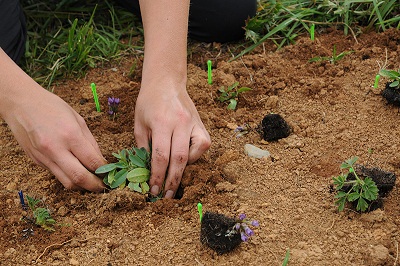Warming climate may impact animals’ ability to eat some toxic plants

University of Utah lab experiments found that when temperatures get warmer, woodrats suffer a reduced ability to live on their normal diet of toxic creosote – suggesting that global warming may hurt plant-eating animals.
“This study adds to our understanding of how climate change may affect mammals, in that their ability to consume dietary toxins is impaired by warmer temperatures,” says biologist Denise Dearing, senior author of the research published online Jan. 13 in the British journal Proceedings of the Royal Society B.
“This phenomenon will result in animals changing their diets and reducing the amount of plant material they eat, relocating to cooler habitats or going extinct in local areas,” says Dearing, a distinguished professor and chair of biology at the university.
The new study’s first author, biology doctoral student Patrice Kurnath, says: “We found that desert woodrats have a harder time eating their natural diet at slightly warmer temperatures. In terms of climate changes, this study suggests that plant-eating animals all over the world may have problems dealing with their preferred food sources.”
While not all animal diets are as toxic as those of woodrats and other rodents that eat plants like creosote bushes or juniper, most mammals eat some toxins in their diet. In an ongoing evolutionary battle, plants evolve chemical defenses against being eaten and animals evolve liver enzymes or other ways to overcome or avoid plant toxins.
Photo shows University of Utah biology doctoral student Patrice Kurnath preparing to weigh a captured desert woodrat.
Source: Environmental News Network

